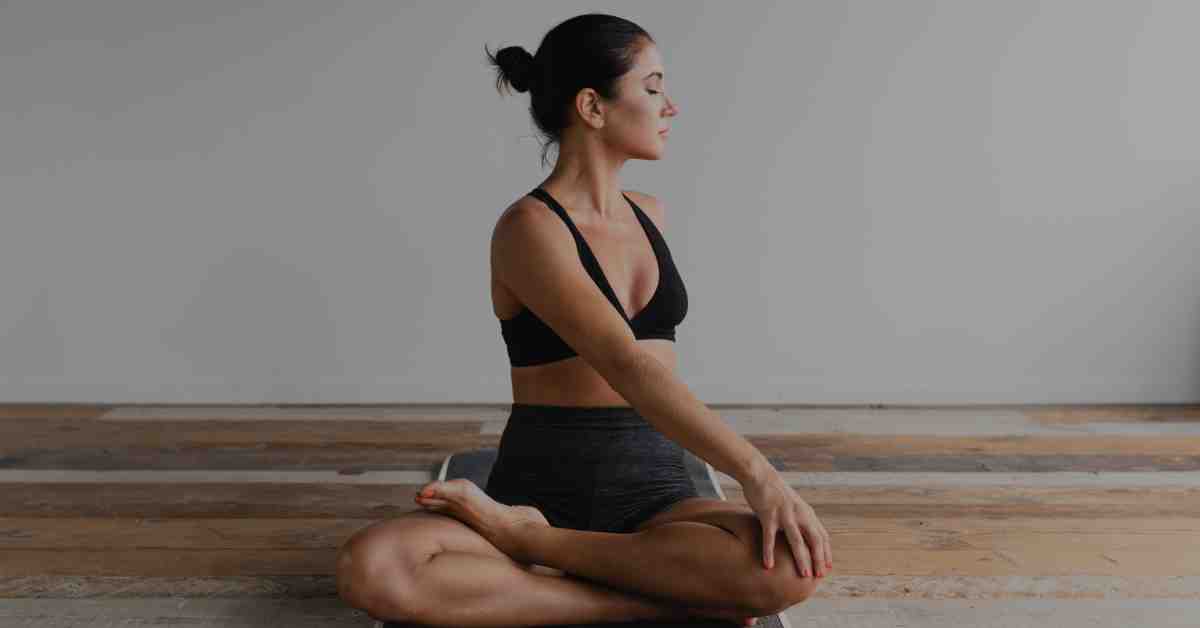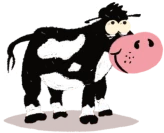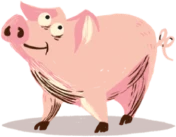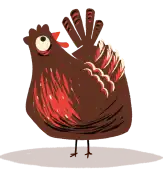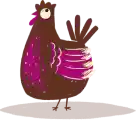High protein snacks are the perfect solution if you’re looking to increase your daily protein consumption. Whether you want to introduce more protein in your diet to help you lose weight, or you want to gain muscle mass or generally have a healthier diet, choosing snacks high in protein is a simple way to achieve your goals.
High protein foods make for the perfect snack. This is because they fill you up and keep you going for longer between meals. Want to find out more about high protein snacks, as well as discover 10 quick and easy snack ideas? Read on to discover how this simple solution can help you meet your health and fitness goals…
What is protein?
Let’s start from the beginning, looking into what exactly protein is, and why we all need it in our diets. Protein is a macronutrient, however in the health and fitness world, these might be referred to as ‘macros’. There are three main macronutrients. These are protein, carbohydrates and fats.
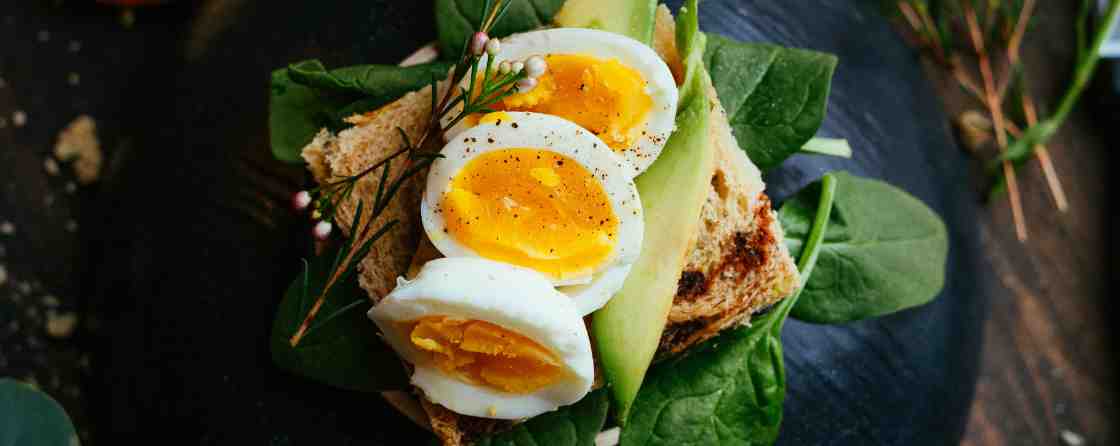
There are literally thousands of different types of proteins in the body, all of which are essential to good health. Protein is made up of chains of amino acids. When we eat protein rich foods, the amino acids are broken down during the digestion process. The body then uses the broken down amino acids in various different combinations, to build the different proteins that it needs.
While this might all sound quite complex, in short, protein is essential to the body. Consuming enough protein each day isn’t just good for your waistline, but vital to your health. This is particularly true when it comes to our bones and muscles. In children, protein helps bones and muscles grow. In adults, it keeps bones and muscles healthy, and helps us grow stronger too.
What are the benefits of high protein snacks?
If you find yourself getting hungry between meals and giving in to cravings for sugary and salty snacks, introducing a high protein snack could be the answer. You may not be getting enough protein as it stands, which is why you find yourself hungry throughout the day. A simple solution is to introduce healthy high protein snacks between meals. So what are the benefits of eating more protein?
Firstly, as outlined previously, protein is an essential macronutrient that is needed to support a huge variety of bodily functions. Secondly, protein keeps you fuller for longer. This means that when you eat more protein, you are likely to find that you don’t overeat at your next meal. This is because you’re not as hungry as you would have been had you consumed less protein. You could consume the same amount of calories eating a sugary or processed snack as you would a protein rich snack. However, later find you eat more calories at your next meal, due to the processed snack not filling you up. When we eat more protein, we tend to eat fewer calories overall.
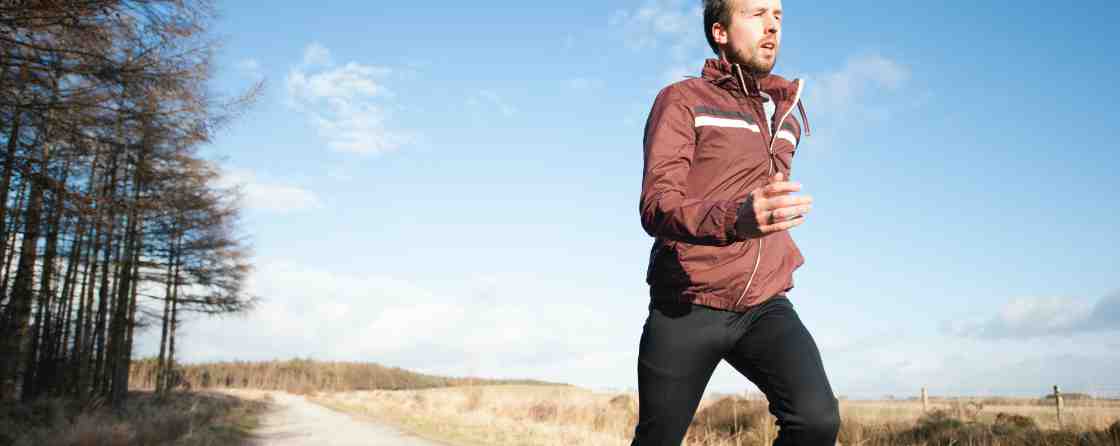
Protein fills us up for longer because the amino acids take longer to digest. This results in a slower and steadier release of energy. Unlike carbohydrates which can cause you to experience a short burst of energy, followed by a crash.
When you aim to eat a little protein at each meal and across two snacks, you will find that your energy levels remain consistent. For anyone that experiences that mid-afternoon slump, a high protein snack could be the answer.
Finally, protein is essential to repair and grow muscles. If you are physically active, particularly if you do any kind of strength training, a diet rich in protein will support your hard work.
How much protein do I need?
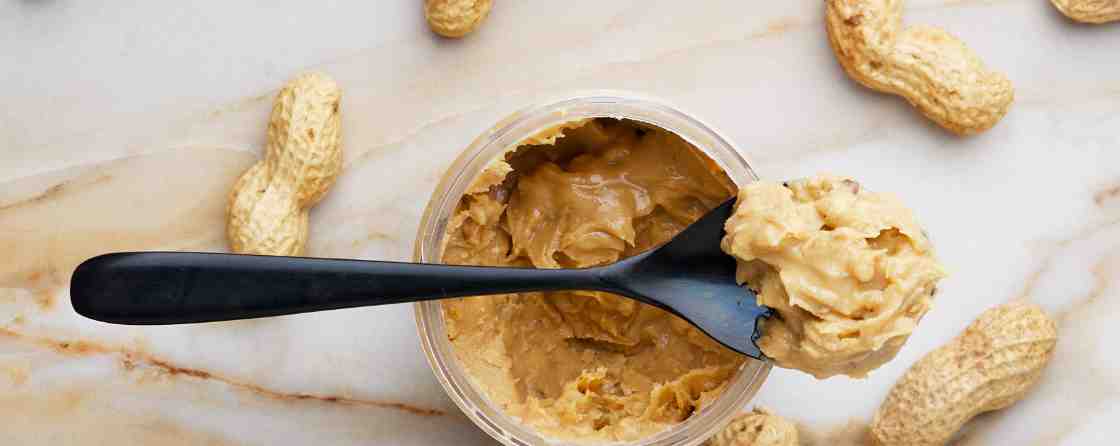
The amount of protein each person needs varies, depending on their weight. For the average person, it’s suggested that you should consume 0.75g of protein per kg of bodyweight. If you need a little help figuring this out, try this protein calculator. For the average man weighing 75kg, this would be 56g of protein per day. For the average woman weighing 60 kg, this would be 45 kg of protein per day.
However, it’s important to consider how much physical exercise you do, particularly if you do any kind of strength training. In this instance, you might need more like 1g of protein per kg of bodyweight. If you do find that you need more protein in your daily diet you might struggle to get this in across three meals. In this case, high protein snacks could be the answer.
What foods are high in protein?
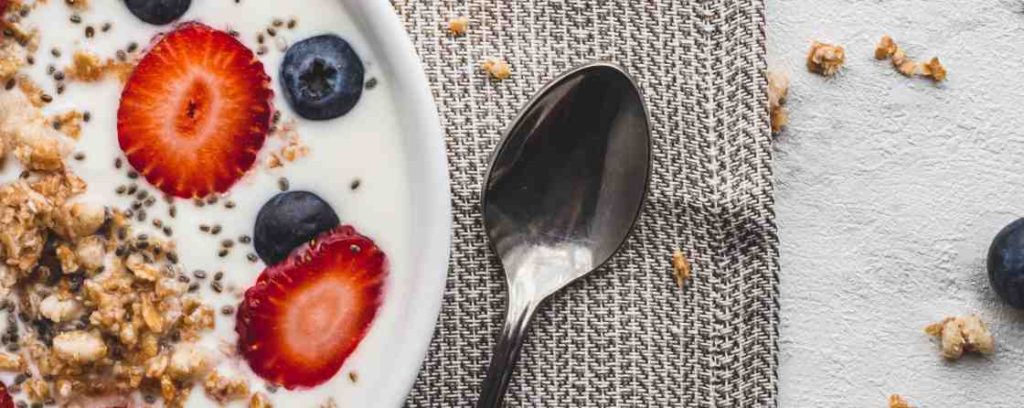
Protein is found in many different foods at varying levels. Foods that are highest in protein include:
Fish, meat, nuts, milk and other dairy products, beans and pulses, eggs.
The body can’t actually store protein, and will get rid of any excess. So the easiest way to meet your daily protein needs is to eat protein at every meal.
What are the signs that you’re not eating enough protein?
If you’re not eating enough protein, this is known as protein deficiency. This is rare in the UK, however it’s worth being aware of the symptoms.
The signs of protein deficiency include:
- Anaemia – causes extreme tiredness and is usually caused by low iron consumption
- Oedema – a build-up of fluids in the body
- Low muscle mass and shrinking of the muscle tissue.
Protein deficiency aside, your protein consumption might be a little on the low side if you find that you are often hungry between meals. Your protein intake might also need looking at if you are low on energy, or experience energy crashes. High protein snacks are a great way to increase your protein consumption.
The Ultimate Snack: Balancing Macros
As mentioned previously, macros refer to protein, fat and carbohydrates. In terms of helping you stay fuller for longer, protein should be the main source of calories. However, if you can include some healthy carbohydrates and fats in your snack, even better.
This of course won’t work for everyone, for example, if you are following a low carb diet such as the Keto diet. For many, a snack that’s rich in protein and includes carbs and fats is perfect. Focus on increasing your protein intake first and foremost. Don’t over complicate things, but where possible, aim for a snack that includes carbs and fats too.
High Protein Snack Ideas…
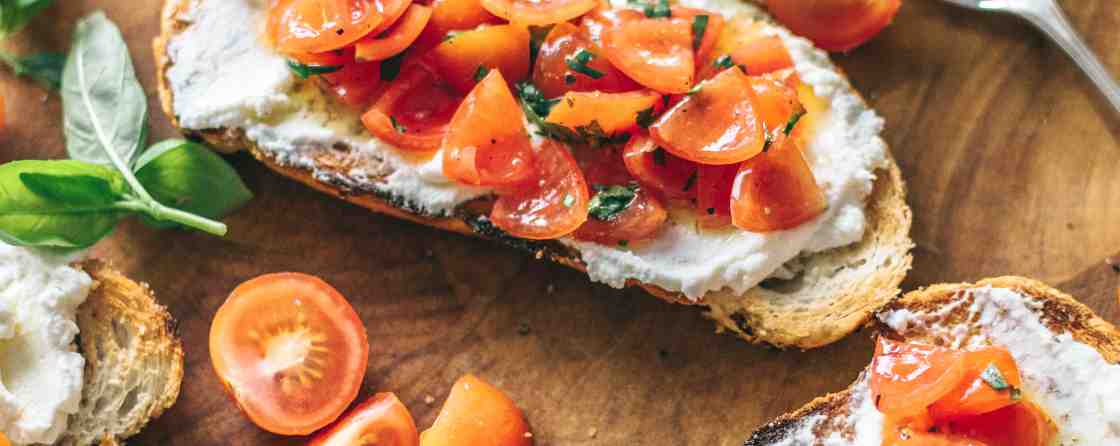
When it comes to snacks convenience is often an important factor, however lots of ‘convenience’ foods are far from healthy. Often processed, high in sugar, salt and trans fats (the type of fats you want to avoid), convenience foods aren’t always the best option.
Eating healthy, high protein snacks doesn’t have to involve a lot of prep though. With just a little forward planning, and some smart time-saving tricks, it’s possible to increase your protein intake. In turn, this will improve your hunger levels and reduce your overall daily calories. From high protein vegan snacks, high protein low carb snacks, high protein low fat snacks, and macro-balanced snacks, we have ideas to suit every diet. Read on to discover quick high protein snacks…
1) Unsalted nuts – high protein, vegan, low carb
Nuts are always a good option if you’re trying to increase your protein intake. One of the few prepackaged snacks that are actually healthy, when choosing nuts, go for an unsalted option.. Peanuts are the highest in protein, and also one of the most popular nuts. Almonds and pistachios are also a good option, as they have more protein than most other types of nuts.
Top tip: Want to add carbs? Try a 100% nuts nut butter, with no added sugar or salt, and ideally, no palm oil on wholemeal toast, for a healthy, well-balanced high protein snack.
2) Chicken Fillets – high protein, low fat, low carb
While a chicken fillet might not sound like your average snack food, due to the prep involved, our ready-to-eat chicken fillets are perfect for snacking on. With three flavours to choose from – original, spicy and BBQ, there’s something for every mood. Perfect for grabbing on the go at work or at home, our chicken fillets are all low in calories and high in protein.
Top tip: Eat alone to keep carbs and fat consumption low, or eat with a crusty bap to add carbs, or a dip such as peanut butter or mayonnaise to add fat…or both!
3) Cheese – high protein, low carb
While cheese might have been branded as unhealthy, due to the high salt and fat content, in small amounts, it’s a great source of protein. As with most types of foods, there are healthier options too. Cottage cheese is particularly high in protein and has less salt than other types of cheese. Just one cup of cottage cheese has 28g of protein and around 160 calories. Cheddar is also a good option, matching cottage cheese with 28g of protein in one cup, but it is higher in salt and calories.
Top tip: Try cottage cheese on multigrain crackers to add carbs and balance macros, for a healthy high protein snack. Want more protein and no carbs? Try making cheese and chicken skewers, using cubes of cheddar and cubes of our chicken fillets.
4) Chia Seeds – high protein, low carb, low fat
While chia seeds might look underwhelming, they are actually pretty mighty when it comes to protein. Firstly, just one third of a cup contains 10g of protein, making them an ideal high protein snack. Secondly, they are great if you find you have sweet cravings in the afternoon. Finally, they are really easy to prepare and grab when hunger hits. Make a chia seed pudding in a jar, simply by adding water (or a milk to add more protein) and leaving to soak.
Top tip: You can add flavour with cinnamon or nutmeg, vanilla extract or a touch of honey. To add carbs, serve with sliced bananas, or up the nutrients with the addition of berries.
5) Meatballs – high protein, low carb
If you’re looking for a protein packed snack that’s also low in carbs, look no further than meatballs. While this might not seem like the conventional snack food, meatballs can be really delicious and eaten in a number of ways. Try simple spiced meatballs for munching on at your desk without the extra fuss of needing cutlery, or serve in a delicious tomato sauce.
Top tip: Want to add carbs? Try a wholemeal pitta bread, opened at the top with meatballs inside, for a healthy way to increase your carb intake too.
6) Yoghurt – high protein, can be low or high fat
Yoghurt is wonderfully versatile, quick and easy to serve and to eat – what’s not to love! If you’re happy consuming higher amounts of fat, opt for full fat Greek yoghurt, which tends to be the most natural form of yoghurt available. Lower fat options are a good alternative, but check how much protein they contain, and look out for the sugar content too, as this can be high in low fat varieties.
Top tip: Add more protein by serving with a handful of nuts, and a little sweetness with berries or a dash of honey.
7) Eggs – high protein, low carb
Eggs might not be the easiest of high protein snacks to just grab when you need a boost, however boiled eggs are actually really convenient. You can keep a boiled egg in the fridge for up to 7 days, which means you could do your snack prep on a Sunday before the start of the week, without having to do any more prep mid week. One large egg contains 6g of protein, making it a great source. Try sliced boiled eggs in a tupperware, for high protein snacks that are quick to prep and easy to grab.
Top tip: If you want to add carbs, try mixing your boiled eggs with a little mayonnaise and serving on wholegrain crackers.
8) No bake energy bites – high protein, option to customise
The key to making consuming more protein easy is to avoid overcomplicating things. High protein snacks that require no prep or less than five minutes are best, and you’re more likely to stick to your higher protein diet if you simplify things. No bake energy bars are great, as you can put them together in minutes and grab them throughout the day whenever you need. Mix together oats, nut butter and seeds and then roll into balls and pop into a tupperware – it’s really that simple.
Top tip: Experiment with different combinations. Try adding chopped dates and prunes or dried fruit to add sweetness, or a little cinnamon or nutmeg.
9) Seeds – high protein, low carb
While seeds might not work so well on their own as a snack, they are great for adding to other foods to increase the protein. Pumpkin seeds are particularly high in protein, and contain lots of other essential vitamins and nutrients too. Try adding pumpkin seeds to your chia seed pudding, energy bites and yoghurt for an extra hit of protein.
Top tip: Want to maximise the nutritional value of high protein snacks? Go for mixed seeds to increase the variety of additional vitamins in your diet.
10) Tinned Mackerel – high protein, low carb
Tinned fish is one of the few prepackaged snacks that’s actually healthy. Fish is a great source of protein, with one small tin containing 13g of protein, not to mention the added benefit of Omega 3 too. Try mackerel fillets in a tomato sauce for a convenient and delicious option for high protein snacks.
Top tip: Serve on seeded crispbreads to add carbs and fill you up even more.
In conclusion…
As you can see, there are loads of options when it comes to finding high protein snacks. Even if you only want to eat one snack a day, you can easily add an extra 10-20g of protein to your daily diet. However, eating two snacks each day, between breakfast and lunch and lunch and dinner will help keep you fuller for longer. This will help you avoid overeating at meal times, as well as giving in to processed, sugary and unhealthy snacks when you become too hungry.
Convenience is key. This is why we have made our ready-to-eat chicken fillets – allowing you to easily grab delicious, high protein snacks whenever you need. Available in three flavours, original, spicy and BBQ, you can mix things up, or stick with your favourite.
A healthier diet and reaching your goals doesn’t have to mean huge changes. Small changes can be effective, and easier to stick to too. By introducing high protein snacks, you are likely to find that you begin to make healthier choices at mealtimes too, meaning bigger changes come naturally and with ease. Discover your favourite high protein snacks today, and look forward to a happier and healthier future.
Related Articles:

